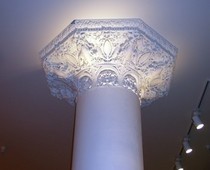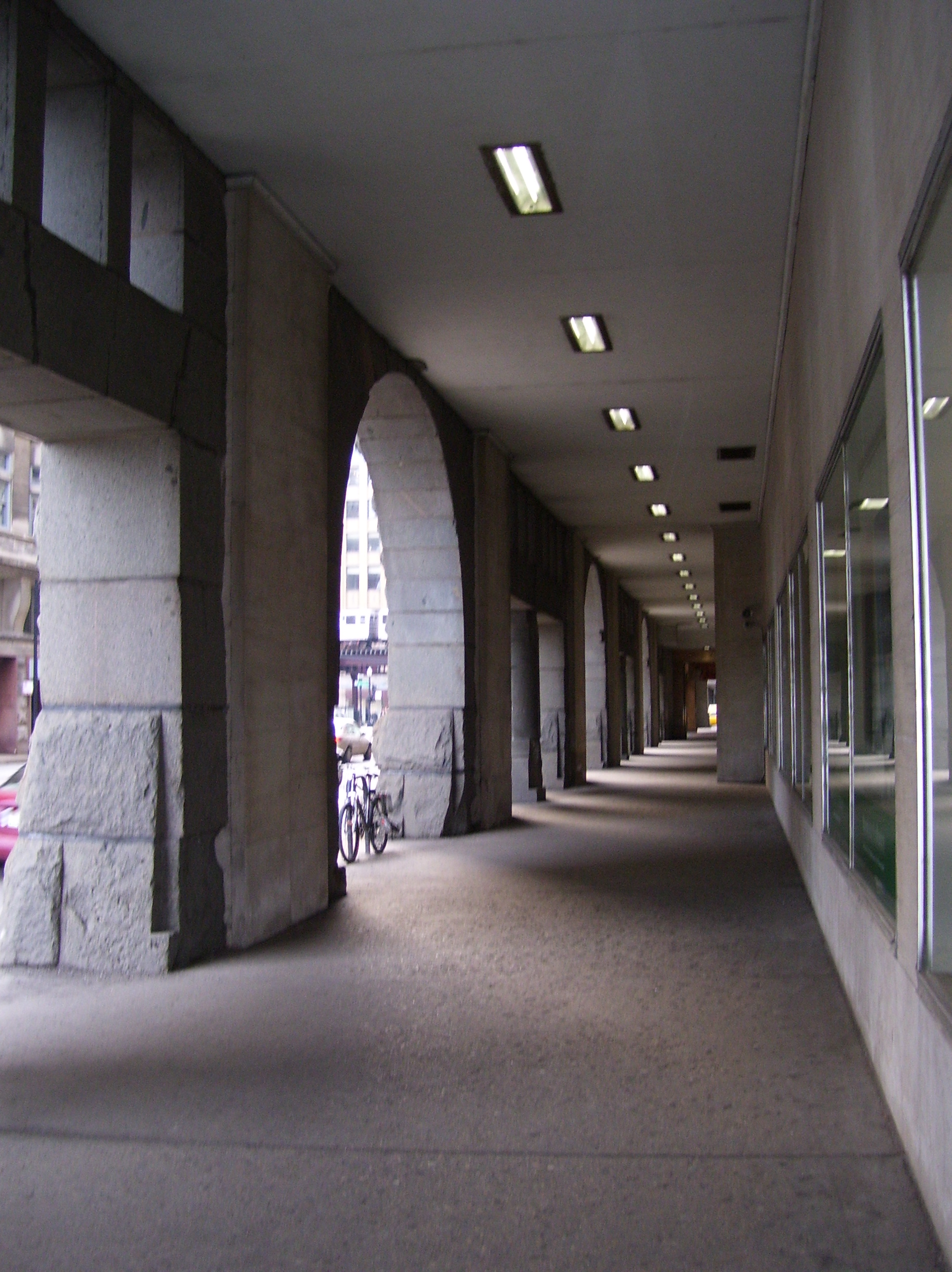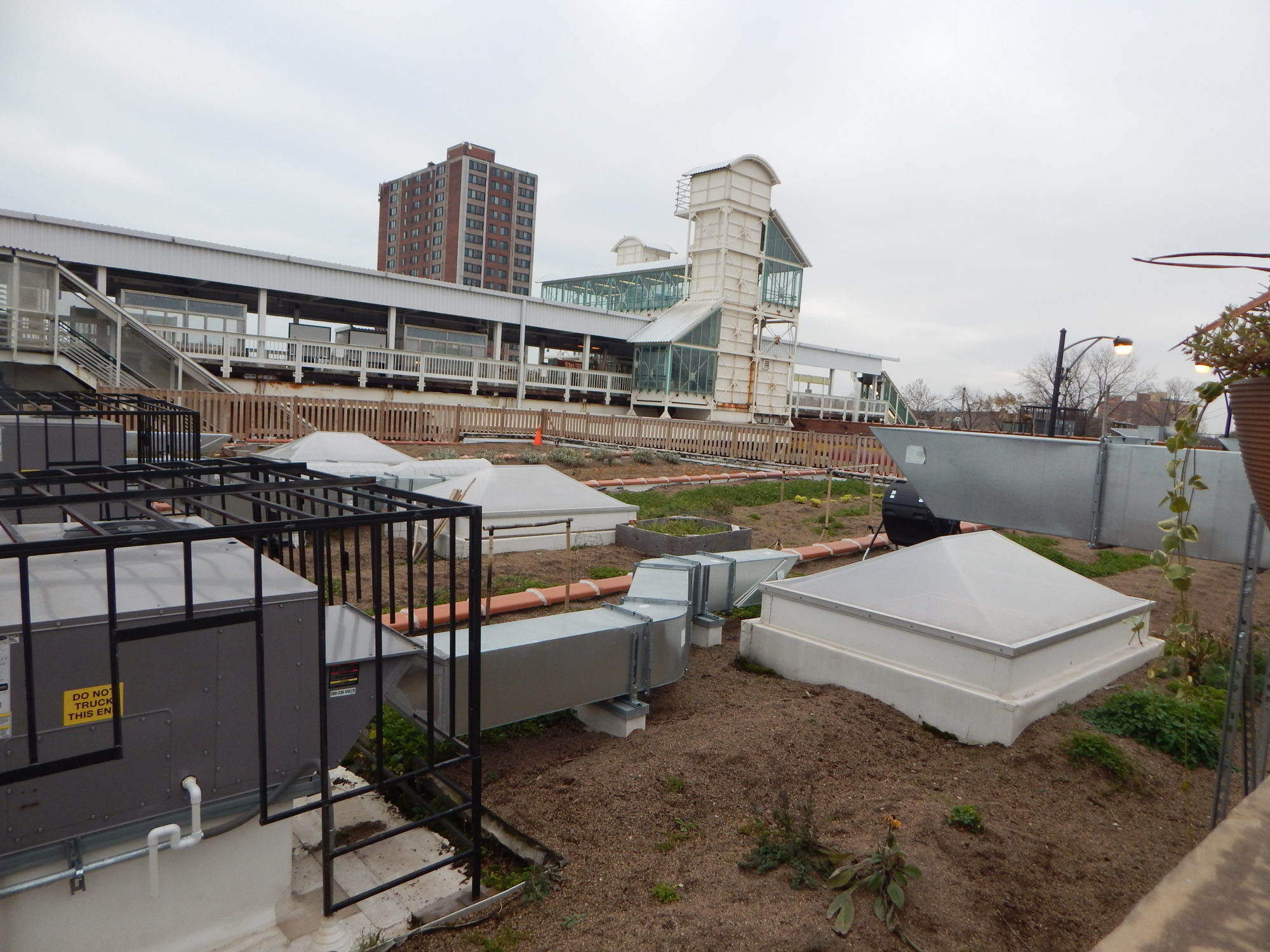A sellout crowd filled the John Buck Lecture Hall at the Santa Fe Building on the evening of Wednesday, October 13, 2010, as the Chicago Architecture Foundation hosted the showing of the award-winning documentary Louis Sullivan: the Struggle for American Architecture. A Q and A session with the documentary’s director, Mark Richard Smith immediately followed the screening.
Family members and loved ones of longtime CAF docent Aileen Mandel, who was featured in the film and who died in 2009, were honored guests at the event. The film was a highlight of a month-long celebration of Louis Sullivan and his work by CAF.
The film follows Louis Sullivan from his youth and arrival in Chicago as a teenager, through the course of his career, chronicling his rapid ascent to the heights of architectural recognition to his long decent into poverty and obscurity — at least with the public. Although he was largely unsuccessful at making his living as an architect after the turn of the 20th Century, Louis Sullivan’s reputation never dimmed among his professional peers. In fact, Frank Lloyd Wright, one of the most celebrated architects of the 20th Century, considered Louis Sullivan to be a mentor, calling him “lieber meister”, German for “beloved master”.

Photo Credit: Audrey F. Henderson — all rights reserved
The height of Sullivan’s career is embodied in one of his most acclaimed structures, the Auditorium Building, which also represents a physical manifestation of the symbiotic partnership of Louis Sullivan, the consummate designer, and Dankmar Adler, the brilliant acoustical and structural problem-solver. The original design of the Auditorium Building seamlessly integrated three distinct functions: an office block, an opera hall, and a grand hotel into what was at the time the largest, heaviest structure in the world.
The building’s exterior was inspired by H. H. Richardson’s Marshall Field Wholesale Store, now demolished. The lavish interiors of the Auditorium Theater and the building’s hotel represented the outpouring of Sullivan’s love of nature and his absolute devotion to an organic, uniquely American architecture.
The Auditorium Building created a sensation upon its completion, and was largely influential in Chicago’s being awarded the coveted prize of hosting the 1893 Columbian Exposition. However, the Columbian Exposition also foreshadowed Sullivan’s loss of favor with the public.
The direction of the Columbian Exposition was placed in the hands of Daniel Burnham, as much a planner and master of strategy as an architect. Under Burnham’s direction, the fairgrounds of the Columbian Exposition, which came to be known as the White City, represented a whitewashed refuge of grand colonnades, shimmering reflecting pools and exotic displays of artifacts and people, rather than a realistic profile of its host city.
Sullivan openly voiced his disdain for what he saw as a squandered opportunity for Chicago and America to demonstrate and promote its own architectural voice. His own contribution to the Exposition, the Transportation Building, defied the prevailing theme with its bright colors and bold design. It was well-received by the European visitors to the fair, but the American audience was captivated by the Greek and Roman-influenced elegance of the White City.
The Columbian Exposition was a huge success, drawing millions of spectators. In addition, the classically-influenced Beaux-Arts style of architecture represented in so many of its structures would influence building construction and design for decades.
By contrast, the initial success of the Auditorium Building faded quickly. The office block suffered from the construction of the elevated track that obstructed the view and which had noisy trains running by just a few short feet away from the windows of many of its tenants. The hotel lacked en suite bathrooms, much to the consternation of would-be guests. The opera house, despite its near-perfect acoustics, could not draw enough of an audience to fill its more than 4,000 seats on a consistent basis and lost its main tenant to a smaller facility.

Photo Credit: Audrey F. Henderson — all rights reserved.
As a result, the Auditorium Building, the jewel that represented the high water mark of Sullivan’s popular recognition, suffered a precipitous decline. At one point the enormous structure was slated for demolition, saved from the wrecking ball only by its sheer size and the immense cost of tearing it down. Roosevelt University took over the building in the 1940’s and still occupies it today, while the Auditorium Theater continues to host entertainment events.
The partnership of Adler and Sullivan did not survive into the 20th Century, and with Adler’s departure, Sullivan found himself without many of the contacts and connections that had generated commissions for the firm. The loss of the partnership, along with his refusal to compromise his vision to adhere to what he viewed as backward-looking imitation, made it more and more difficult for Sullivan to make his living as an architect. His last major commission in Chicago was what is now known as the Sullivan Center, but which spent most of its existence as the downtown flagship store for the Carson Pirie Scott company.
Sullivan spent the latter part of his career designing small commissions, including a collection of banks scattered throughout the upper Midwest. He also produced books and treatises that outlined his architectural philosophy, including his autobiography, titled The Autobiography of an Idea, completed shortly before he died in 1924.
Two other exhibits showcased and celebrated the work of Louis Sullivan here in Chicago. The Art Institute of Chicago hosted Looking After Louis Sullivan, a collection of drawings, photographs, and artifacts associated with Sullivan and his work. The exhibit was free with admission to the museum and ran through December 12, 2010.
The Chicago Cultural Center mounted a spectacular retrospective of Sullivan’s life, architecture, drawings and writings, including numerous artifacts from the collection of the exhibit’s curator, Tim Samuelson, titled Louis Sullivan’s Idea. The exhibit was free and open to the public and ran through March 27, 2011.
This post was previously published on the Chicago Examiner.com website.
